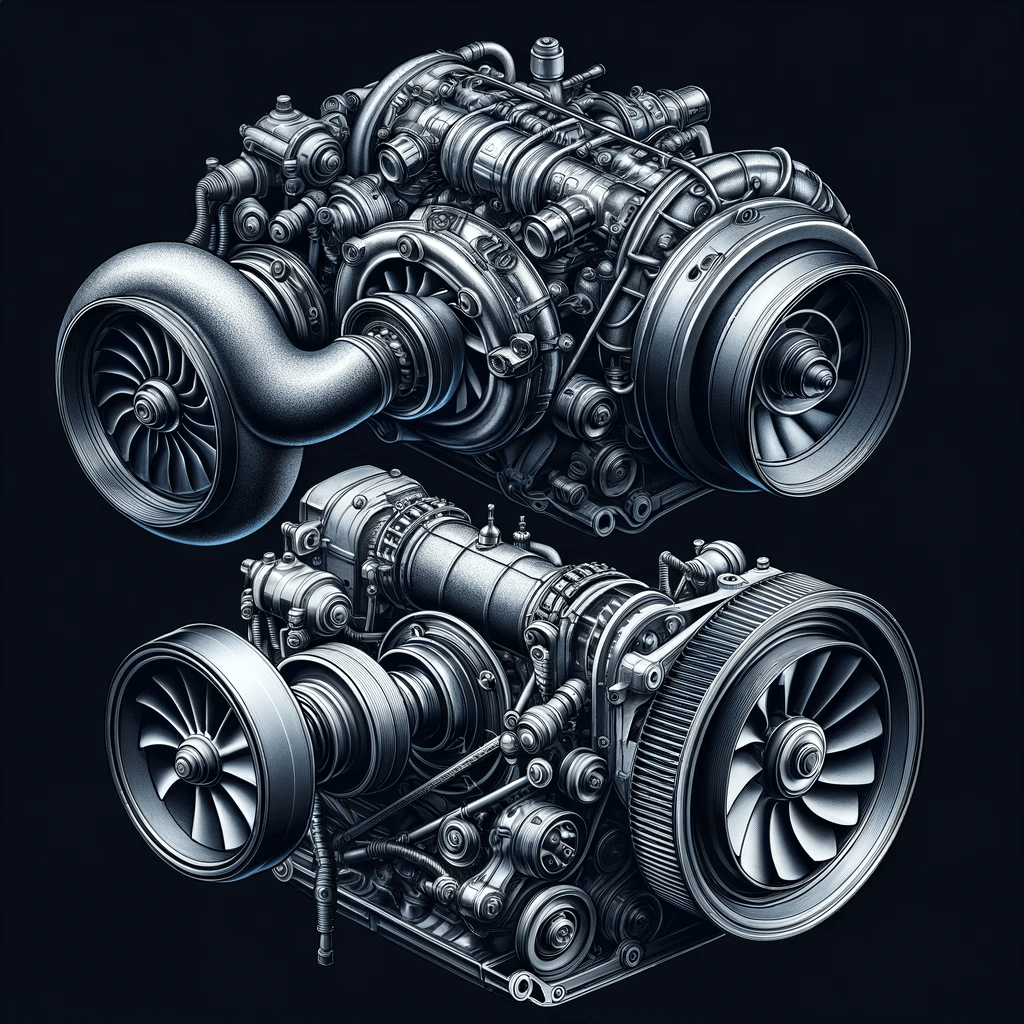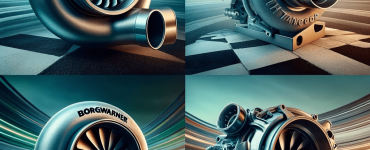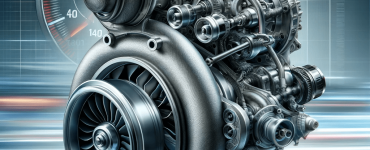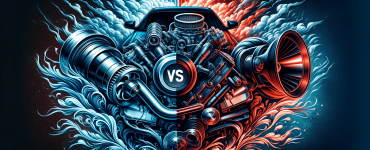Turbocharger vs Supercharger: The Battle for Longevity and Durability
When it comes to boosting the performance of an engine, enthusiasts and experts often debate the merits of turbochargers vs superchargers, particularly concerning their longevity and durability. Both systems have their advocates and detractors, and this article aims to delve into the characteristics of each system to determine which might offer the best lifespan and reliability for your vehicle.
Key Takeaways
| Aspect | Turbocharger | Supercharger |
|---|---|---|
| Longevity | Depends on maintenance and heat management | Typically offers longer lifespan due to simplicity |
| Durability | Can be affected by oil quality and temperature | Generally more robust due to fewer moving parts |
| Maintenance Requirements | Regular checks essential for optimal performance | Less frequent maintenance needed |
| Performance Gains | Efficient power at high RPM | Immediate power increase |
| Installation Costs | Varies, can be complex depending on the system | Often less complex, can be more cost-effective |
Understanding the Mechanics
Before we compare longevity and durability, it’s crucial to understand how these systems work. A turbocharger uses exhaust gases to spin a turbine, which then compresses air into the engine, allowing more fuel to be added to the mix, and thus, more power to be produced. A supercharger, on the other hand, is connected directly to the engine and compresses air using a belt-driven pulley system.

Longevity Considerations
Longevity in forced induction systems like turbochargers and superchargers is typically a function of maintenance, operating conditions, and design. Turbochargers might require more attention, particularly in heat management, as they operate at high temperatures due to being powered by exhaust gases. Superchargers are often deemed to have a longer lifespan because of their less complex design and the absence of reliance on high exhaust temperatures.
Maintenance: A Key Factor
The durability of both systems is heavily influenced by maintenance routines. Turbochargers have intricate oil channels that need to be kept clean to prevent clogging and overheating. On the flip side, superchargers are considered more durable since they have fewer moving parts and do not operate under the same high temperatures. Understanding the maintenance differences is key to ensuring the longevity of whichever system you choose.

Performance vs. Durability
In the quest for longevity, one must not overlook performance. While turbochargers may offer higher power gains at higher RPMs, this can come at the cost of increased strain on the system. Superchargers provide immediate power, but this constant demand can also lead to wear if not properly managed. Balancing performance gains with the stress on the engine is crucial for durability.
Installation and Upkeep Costs
The initial installation and ongoing upkeep costs can also influence the choice between a turbocharger and a supercharger. Generally, turbocharger installations can be more complex and potentially more expensive, affecting not just the initial cost but also the longevity due to the intricacies of the system. Comparatively, superchargers might offer a more straightforward installation and cost-effective maintenance.
Final Thoughts
Choosing between a turbocharger and a supercharger for longevity and durability ultimately comes down to your vehicle’s requirements, your ability to maintain the system, and your performance needs. Both systems require a commitment to maintenance and understanding of their operation to ensure they last.




